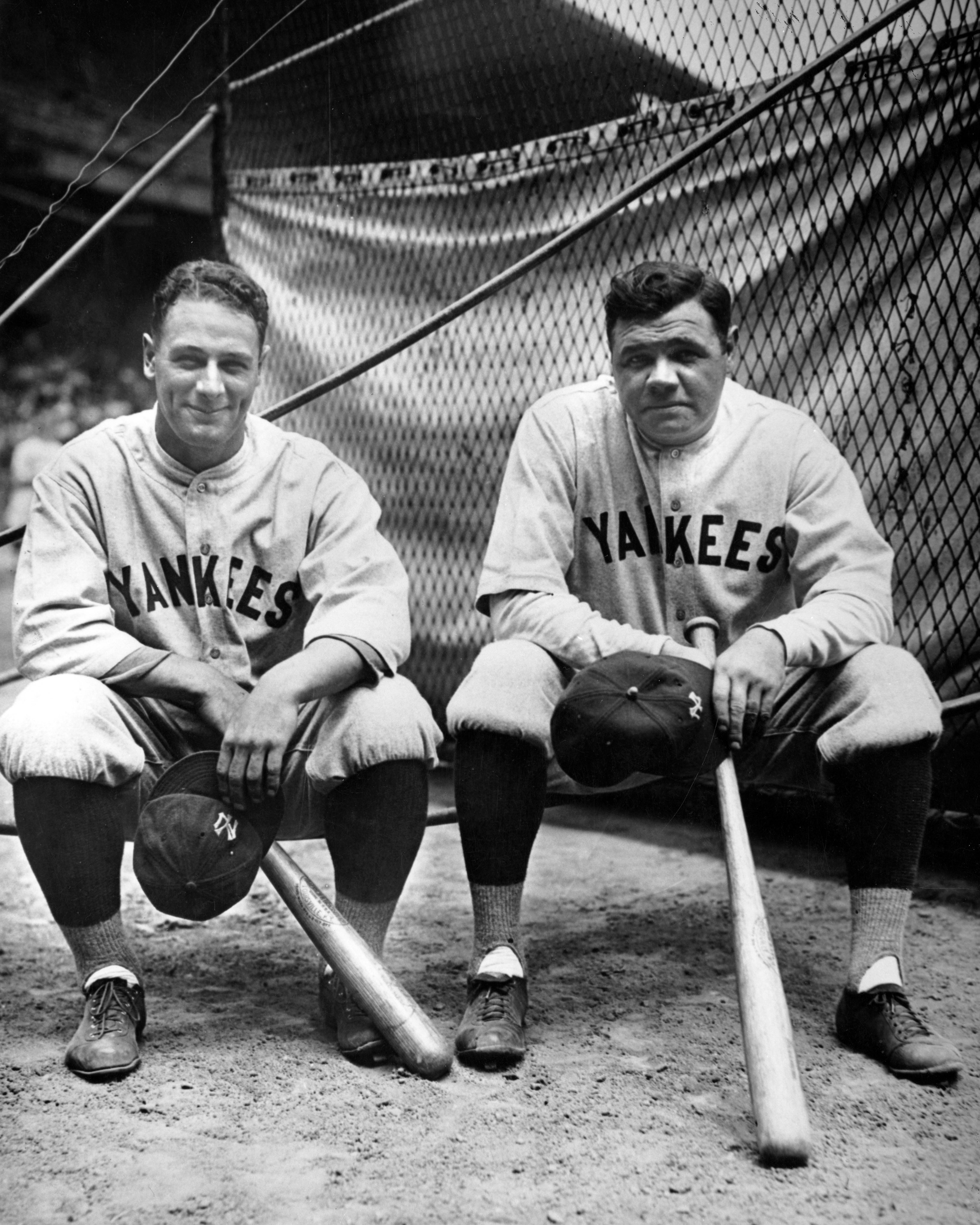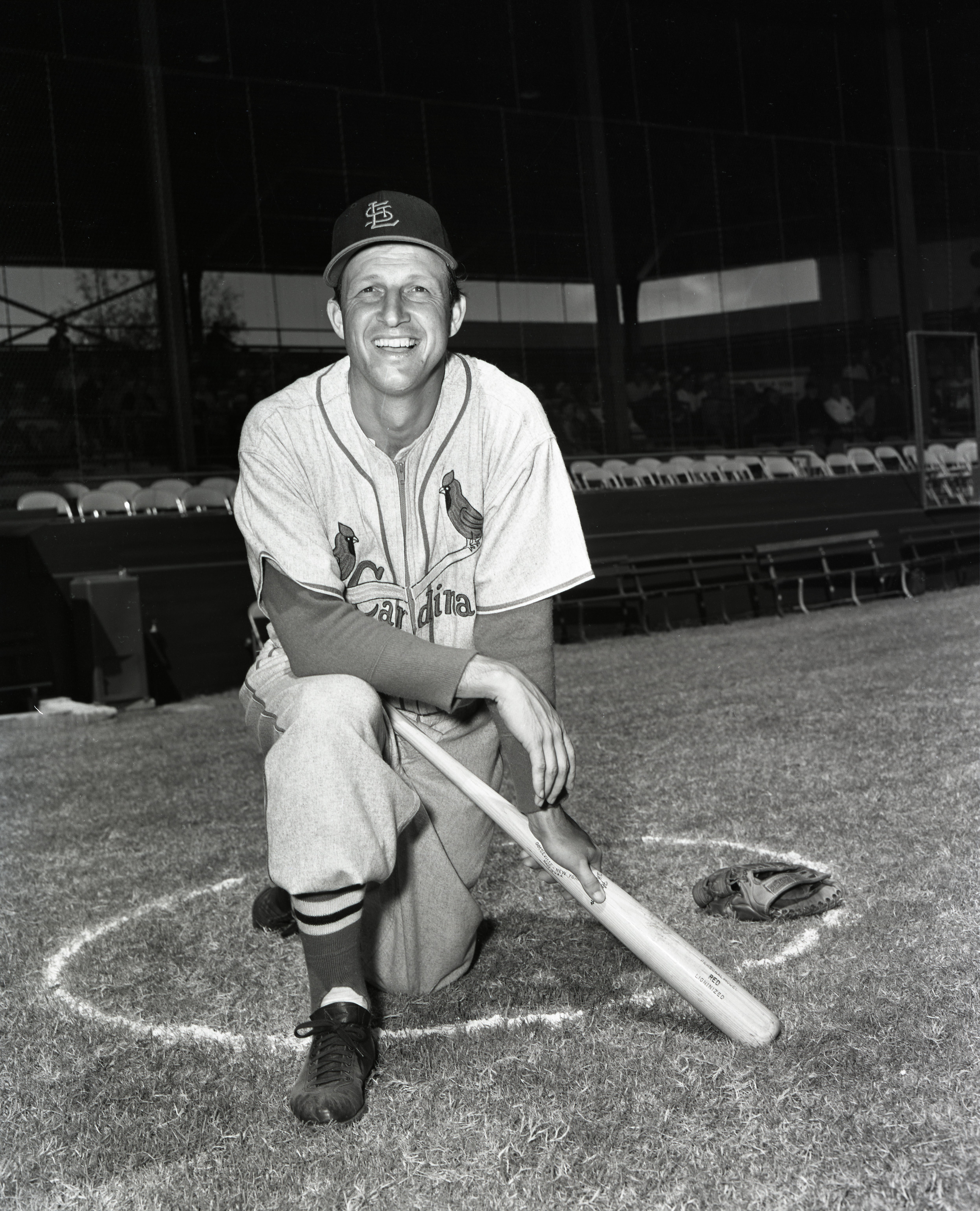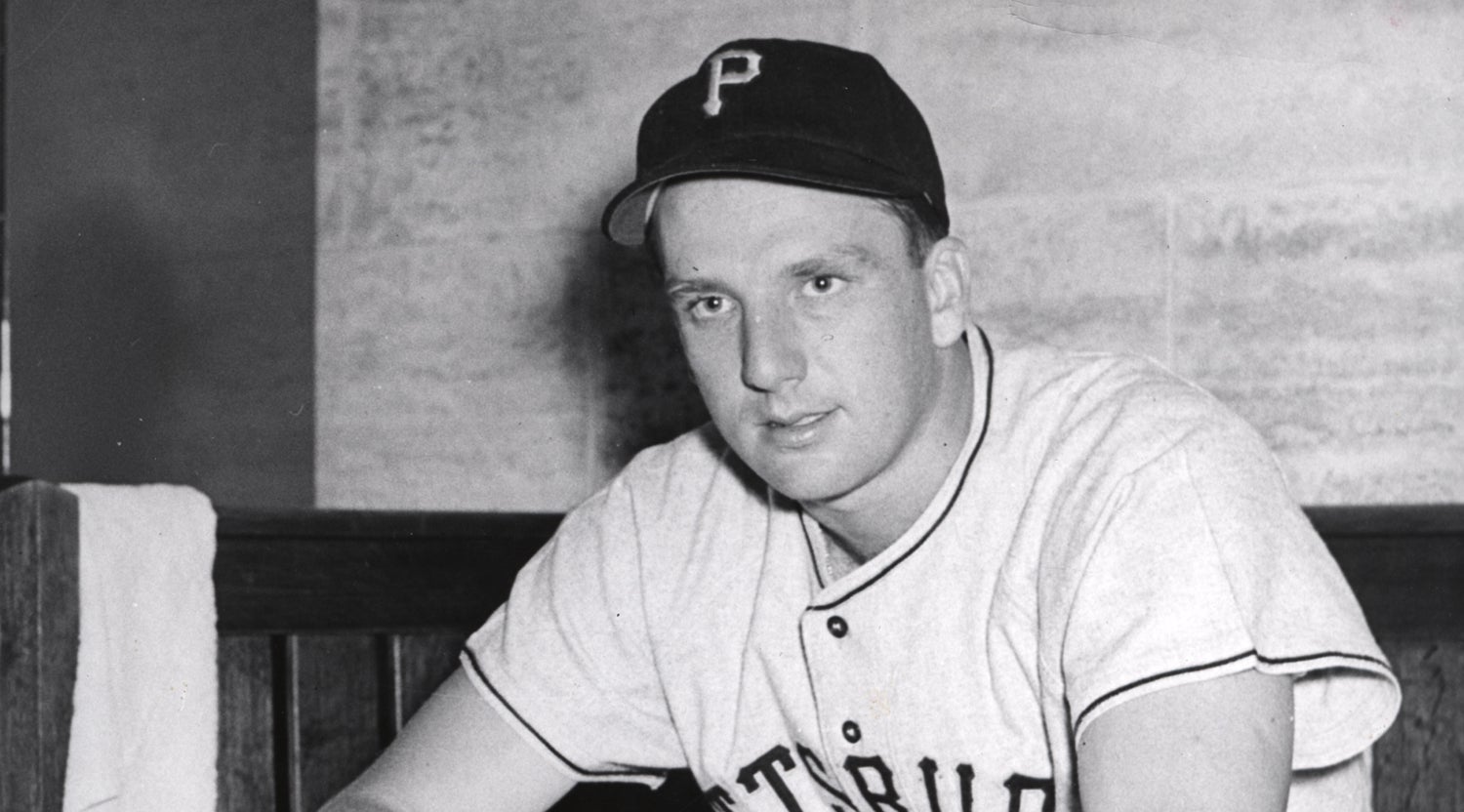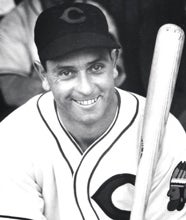- Home
- Our Stories
- Averill first to hit four home runs in doubleheader
Averill first to hit four home runs in doubleheader
Earl Averill swung a 44-ounce bat for most of his 13 years in the big leagues, concentrating on driving the ball to all fields.
But when the home runs came, they came in bunches for the longtime Indians center fielder.
Official Hall of Fame Apparel
Proceeds from online store purchases help support our mission to preserve baseball history. Thank you!
Hall of Fame Membership
There is no simpler, and more essential, way to demonstrate your support than to sign on as a Museum Member.
On Sept. 17, 1930, Averill became the first player to hit four home runs in a doubleheader as the Indians and Senators split a pair of games that day at Cleveland’s League Park. Averill hit three home runs in three consecutive at-bats in Game 1, homering in the third, fifth and sixth innings off Bump Hadley (two home runs) and Firpo Marberry.
He “just missed two more on drives that were foul by inches,” Averill told the Nashville Banner in 1955, grounding out in his final at-bat of Game 1 in the seventh inning of Cleveland’s 13-7 victory. He totaled eight RBI for the game.
In the nightcap, Averill homered in his first at-bat – an inside-the-park home run – to become the first big leaguer with four home runs in one doubleheader. Averill was hit by a pitch in his next at-bat and later doubled and walked, finishing the day 2-for-3 with three RBI.
“I was a sweep hitter, standing very close to the plate,” Averill told the Banner in a story about his son, Earl Douglas Averill, who was playing for the Double-A Nashville Volunteers in 1955 before starting his seven-year big league career with the Indians in 1956. “I did this so I could hit any pitch, inside or outside, and I could pull either. My bat was very heavy, and all I had to do was start it and the bat would do the rest.”
Averill finished the 1930 season – his second in the big leagues – with a .339 batting average, 19 home runs and 119 RBI.
He broke into the big leagues at nearly 27 years old in 1929 after three stellar seasons with the San Francisco Seals of the Pacific Coast League.
In his first big league at-bat on April 16, 1929, Averill homered off of Detroit’s Earl Whitehill.
From 1929-38, Averill hit .323 with an average of 115 runs scored, 23 home runs and 108 RBI per year. He was named to the first six American League All-Star teams starting in 1933.
Averill finished his career with 2,019 hits, 238 home runs, 1,224 runs scored and 1,164 RBI to go along with a .318 batting average.
He was elected to the Hall of Fame in 1975.
Craig Muder is the director of communications for the National Baseball Hall of Fame and Museum
Related Stories

Lou Gehrig hits four consecutive home runs

Musial sets standard with five home runs in doubleheader

Ralph Kiner hits three homers and drives in seven runs in a 13-12 win over the Dodgers

Eddie Murray hits homers from both sides of plate in second straight game

Lou Gehrig hits four consecutive home runs

Musial sets standard with five home runs in doubleheader

Ralph Kiner hits three homers and drives in seven runs in a 13-12 win over the Dodgers



